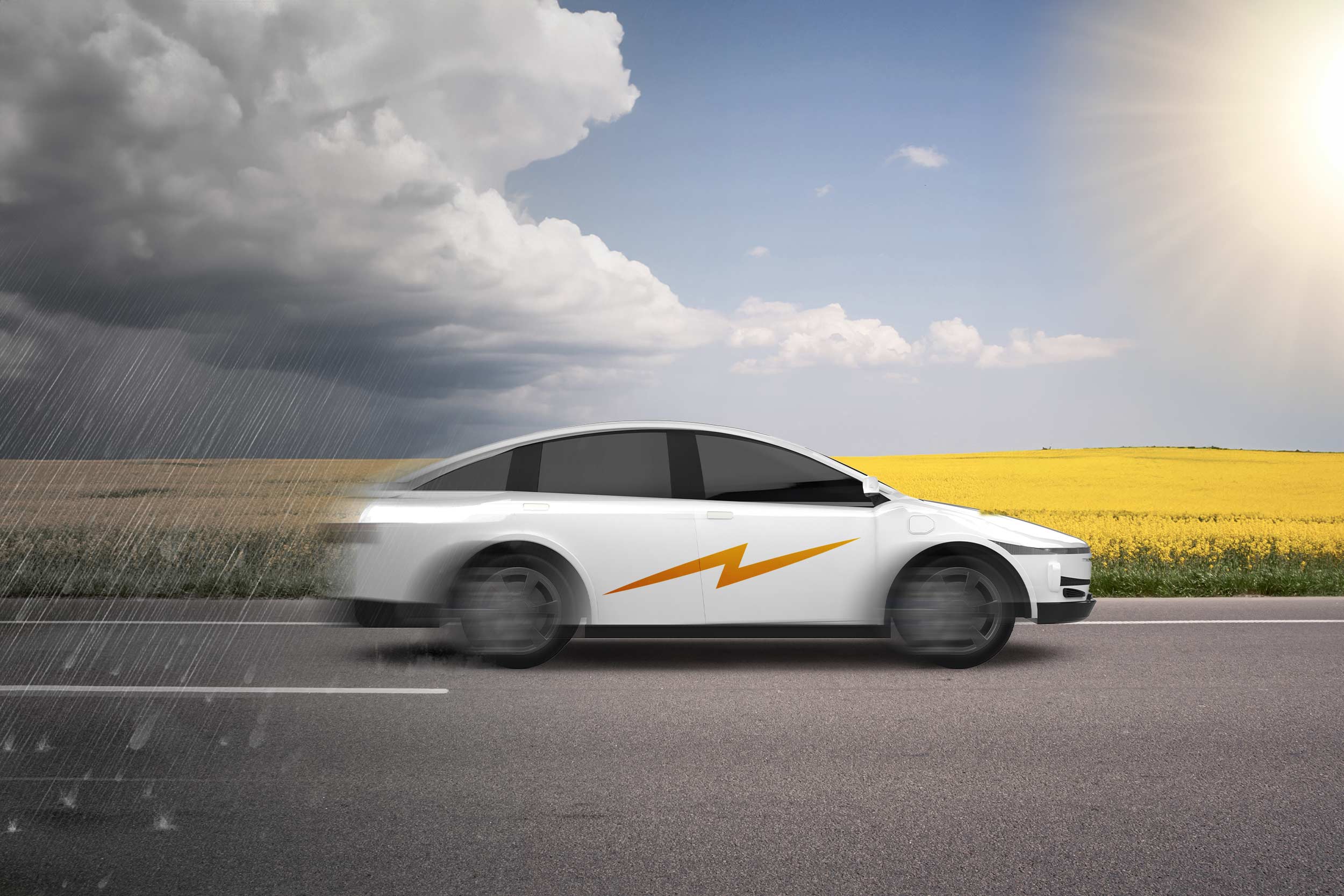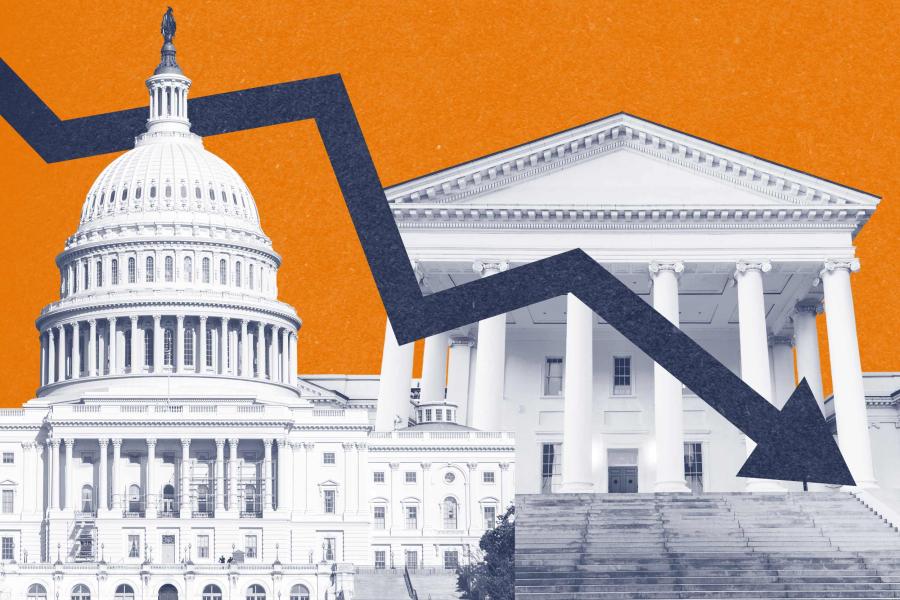On this metric, the market share of EVs continues to expand. We saw a near doubling of this metric, year over year, for the past five years, to the point now that globally 20% of all new car sales are electric. The number is close to 40% in China. The U.S. lags but is around 14% of new car sales.
Q. What effect does the sales price of an EV have on continued growth of the industry?
A. The big question is whether car manufacturers can make lower-tiered vehicles at a price point that is attractive to customers and allows them to secure profit margins. The highly publicized pullbacks on EVs by Ford and GM reflect the challenges they have faced in producing such vehicles. My question is whether this is a condemnation of electric vehicles or a condemnation of Ford and GM? The cost of batteries – the main expense in EVs – has come down dramatically over the past decade.
When we have technology disruptions, such as the electrification of vehicles, it is often the case the incumbent firms struggle with the transition (see Ford and GM) and we see the rise of entrepreneurial ventures (see Tesla and BYD). There is a reason we are not all streaming videos from Blockbuster.
Q. Toyota didn’t overcommit to all-electric production, and now is seeing its strategy on hybrids rewarded. How does this fit into the EV industry’s long-term trends?
A. Hybrids are seeing a resurgence in part because of the growth in EVs and lingering consumer range anxiety. For a customer who wants to go electric, but fears being unable to charge their vehicle when traveling, a hybrid seems to make perfect sense. The challenge is that there is no bending of the cost curve where hybrids will be lower cost to manufacture than either internal combustion engines or electric vehicles for the simple reason that they have both systems. The promise of EVs is that they are simple machines – basically a battery stack and a couple of electric motors.
As for range anxiety, I believe it is largely misplaced and increasingly less an issue. In the U.S. and E.U., the market is quickly building out charging infrastructure to meet the growing demand of EVs. The Sheetzes and Wawas of the world are quickly building charging stations.
Q. What still needs to happen to enable a more rapid transition to consumer acceptance and manufacturer embrace of EVs?
A. I think we will see increased acceptance as more consumers are exposed to EVs. I would focus on the rate of change. In even the most resistant communities, we are seeing significant growth in adoption rates. As more and more of your friends and neighbors adopt EVs, range anxiety will get less pronounced. Charging infrastructure will be developed to meet demand. And, of course, the prices for EVs will likely continue to come down.
As for manufacturers, some of the hesitancy we see among incumbent automakers is that they continue to sell a healthy number of internal combustion engines. Why make the switch? This is classic behavior in the face of disruption. Kodak clung to their faith in, and financial dependence on, selling film. Blockbuster, the same, in DVD rentals. I predict a significant shakeout in global automakers.
Q. What does the future look like?
A. Predicting technology transitions is a fool’s errand. There will likely be many twists and turns in the journey to EVs. With that said, I feel confident we are in the midst of a transition, and I think it will play out faster than many people realize.
My guess is by the end of this decade, the preponderance of new vehicle sales will be electric. Of course, the full transition to EVs on the road will take another decade – the average lifespan of a car is roughly 10 years.
Given the pressures to decarbonize to help address global climate change, I do think policy can play a role in accelerating a transition. Tax subsidies for EV purchasers certainly have helped increase the demand for vehicles. We may want to consider incentives to encourage owners to retire old gas-power vehicles early and replace with EVs. With respect to climate change, time is of the essence.






